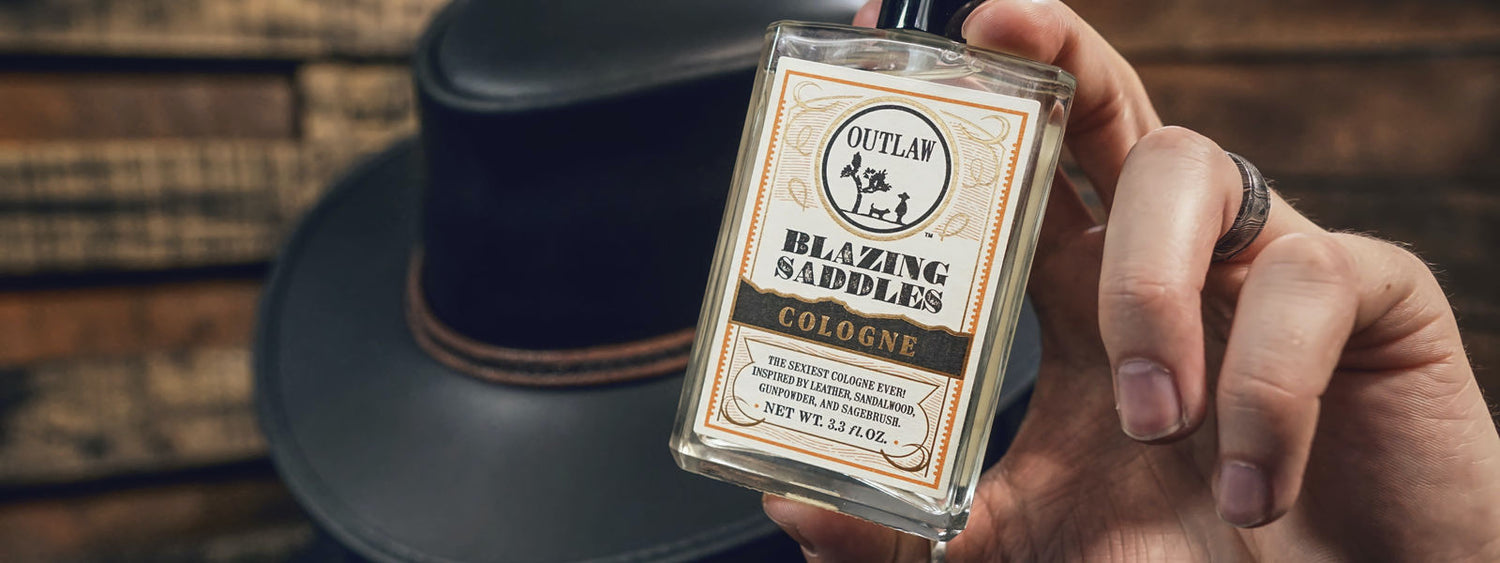What does leather smell like?
Does the smell of leather make you think of sliding on leather cowboy boots and saddling up? Whatever leather makes you think of, this scent packs a thrilling punch. But what does leather smell like and why do so many of us love it?
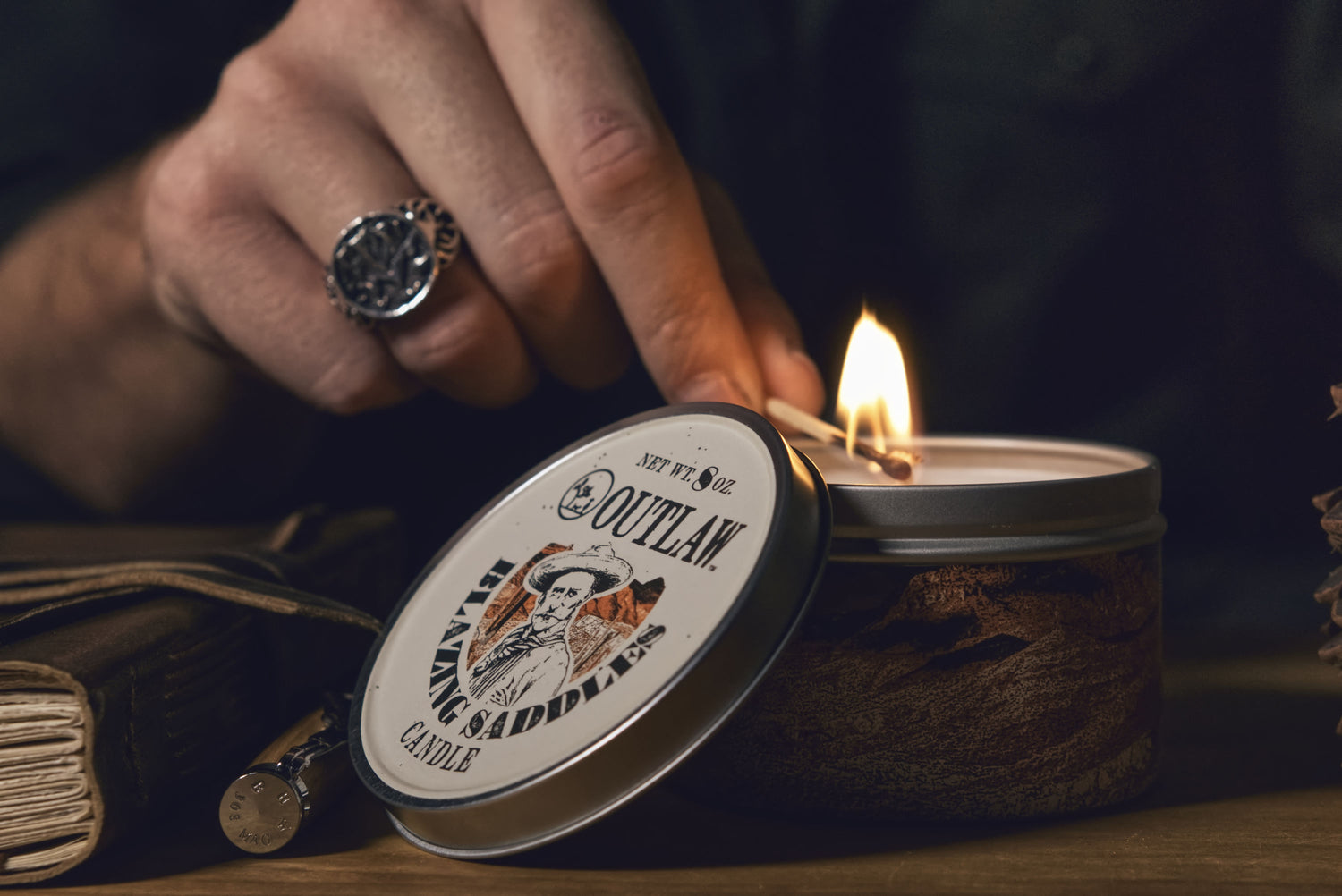

What does leather smell like?
The scent of leather can be described as rugged and bold, but what makes the smell of leather so appealing is how it fires up our imaginations.
When you think of leather, what comes to your mind? Do you see a young Clint Eastwood or Rip Wheeler from Yellowstone striding across the Wild West? And what about the scent?
You might describe the scent of leather as earthy and solid, like the smell of a tack room first thing on a fresh morning.
Wrapped in nostalgia and a longstanding association with cowboys, the scent of leather can evoke a sense of being on horseback in untamed prairies under bright blue skies.
The scent of leather reminds us of freedom and adventure. It makes us yearn for the simplicity and excitement of the cowboy lifestyle.
It’s little wonder that leather is becoming an increasingly popular scent added to colognes, but what makes leather smell like it does? And how can we use it to feel as good as a cowboy with new boots?
Let's find out by exploring the origin of leather, the manufacturing process, and what pairs perfectly with this rough and ready scent.
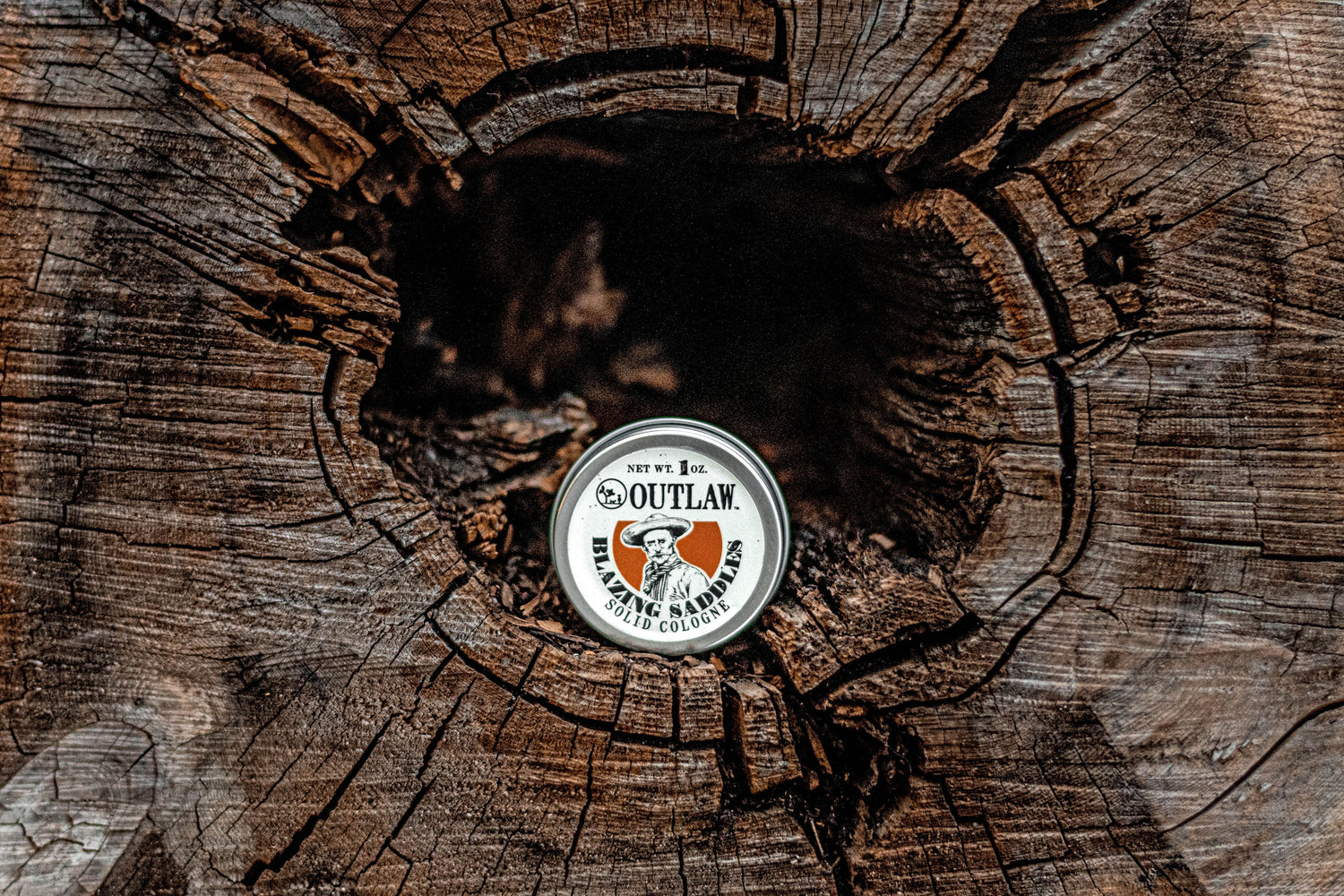

What is leather?
Leather is a durable material made with treated animal skins. It is a timeless material used for making shoes, belts, jackets, wallets, and bags. And thanks to its durability and style, it is also a popular upholstery material.
Leather is so versatile that if you can imagine it, you could probably make it with leather, which explains why it has always been in fashion.
A brief history of leather
People started making leather over 7,000 years, according to Britannica.
At first, animal skins were sun-baked, softened with animal fat, and preserved by salting or smoking the skins. In about 400 BCE, the Egyptians and Hebrews developed the process of vegetable tanning.
The process continually improved during the Middle Ages and by the 15th-century leather production was widespread across Europe. The industrial revolution shook things up by the mid-19th century with machines taking over once time-consuming processes, like dehairing. By the late 19th century, tanners had started to use chemicals in the tanning process.
People have been perfecting the art of leather making for thousands of years, and tanners are still trying to improve the process today.
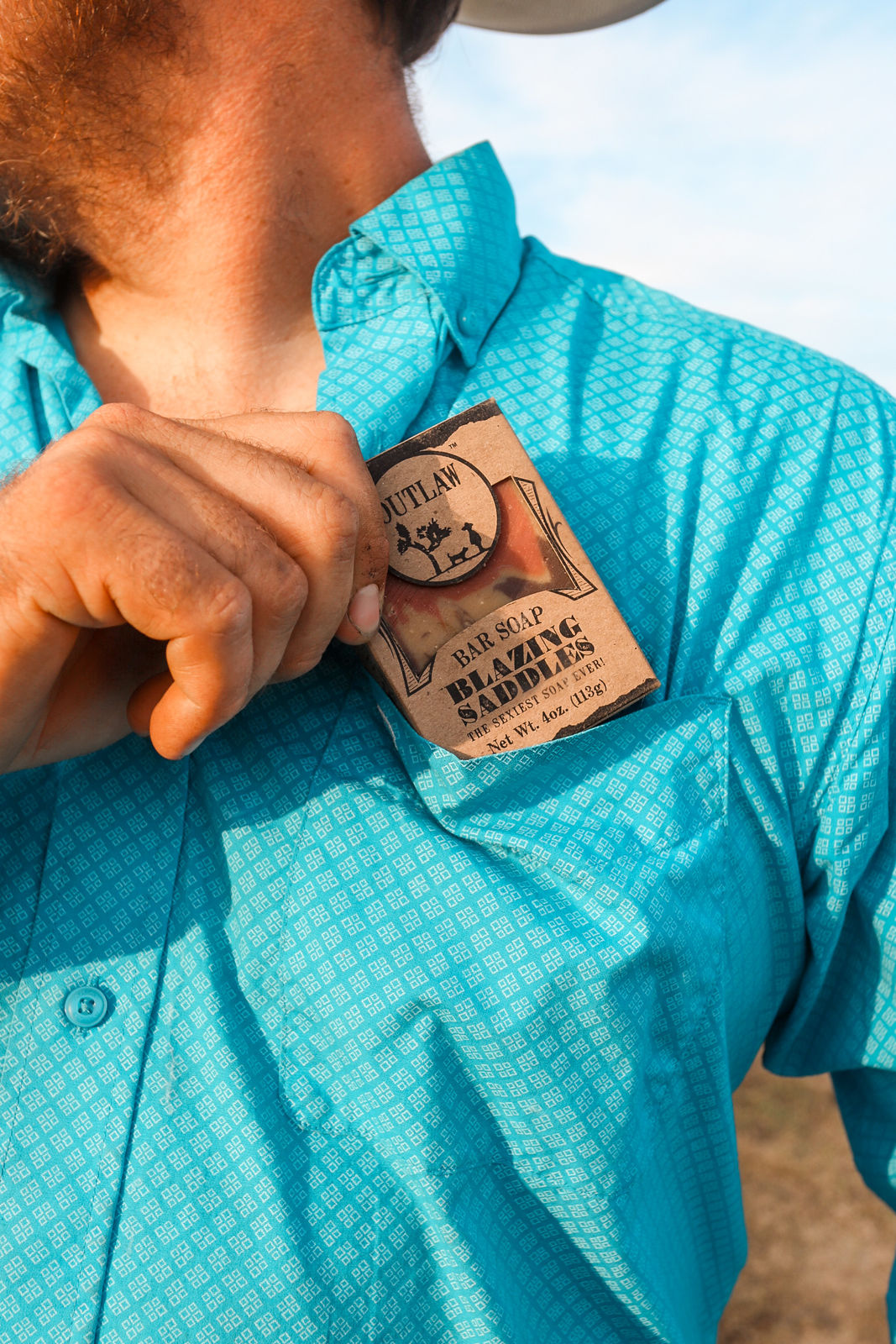

How is leather made?
The manufacture of leather is more complex than it was in the early years of baking softened animal hides in the sun. Modern leather manufacture includes the following steps:
Preparatory stages
Tanning
Crusting
Finishing
The preparatory stages
During the preparatory stages, hides go through hair removal, liming by soaking the hides in an alkali solution), deliming to remove alkali from the hides, bating, bleaching, and pickling to preserve the skin.
Tanning
The next step is to immerse the hides in a tanning mixture, also known as a tanning liquor.
The liquor works to stabilize the proteins in the hide, creating a durable and flexible material. If a hide is not tanned it can harden into an inflexible form and decay.
The oldest known tanning method is vegetable tanning which uses tannins extracted from tree bark. What makes it great is that it's an all-natural process that leaves a light and earthy scent, but on the downside, vegetable-tanned leather can be prone to discoloring and shrinking.
The search for speed and efficiency led tanners to chemicals like formaldehyde. This tanning method is no longer popular as many people are now aware that formaldehyde is toxic, and many people are sensitive to the chemical.
Today, chrome tanning, using chromium sulfate and other chromium salts, is common and popular because it only takes a day to create a supple leather that keeps its shape and color.
It can be fast and effective, but unfortunately, chromium is a heavy metal and, although the trivalent chromium used for tanning is said to be harmless, the by-products can contain toxic variants.
Fortunately, there is another popular chrome-free method of tanning. It includes glutaraldehyde or oxazolidine compounds to make what is known as aldehyde-tanned leather.
Another method, known as 'tawning,' uses aluminum salts mixed with binders and protein, such as flour and egg yolk, to make alum leather.
Crusting and finishing
After tanning, leathers are thinned and sometimes colored during the crusting process.
Tanners can also apply a coating called finishing to allow for the addition of effects like brushing, buffing, polishing, and embossing. To improve water resistance, tanners can also oil the leather.
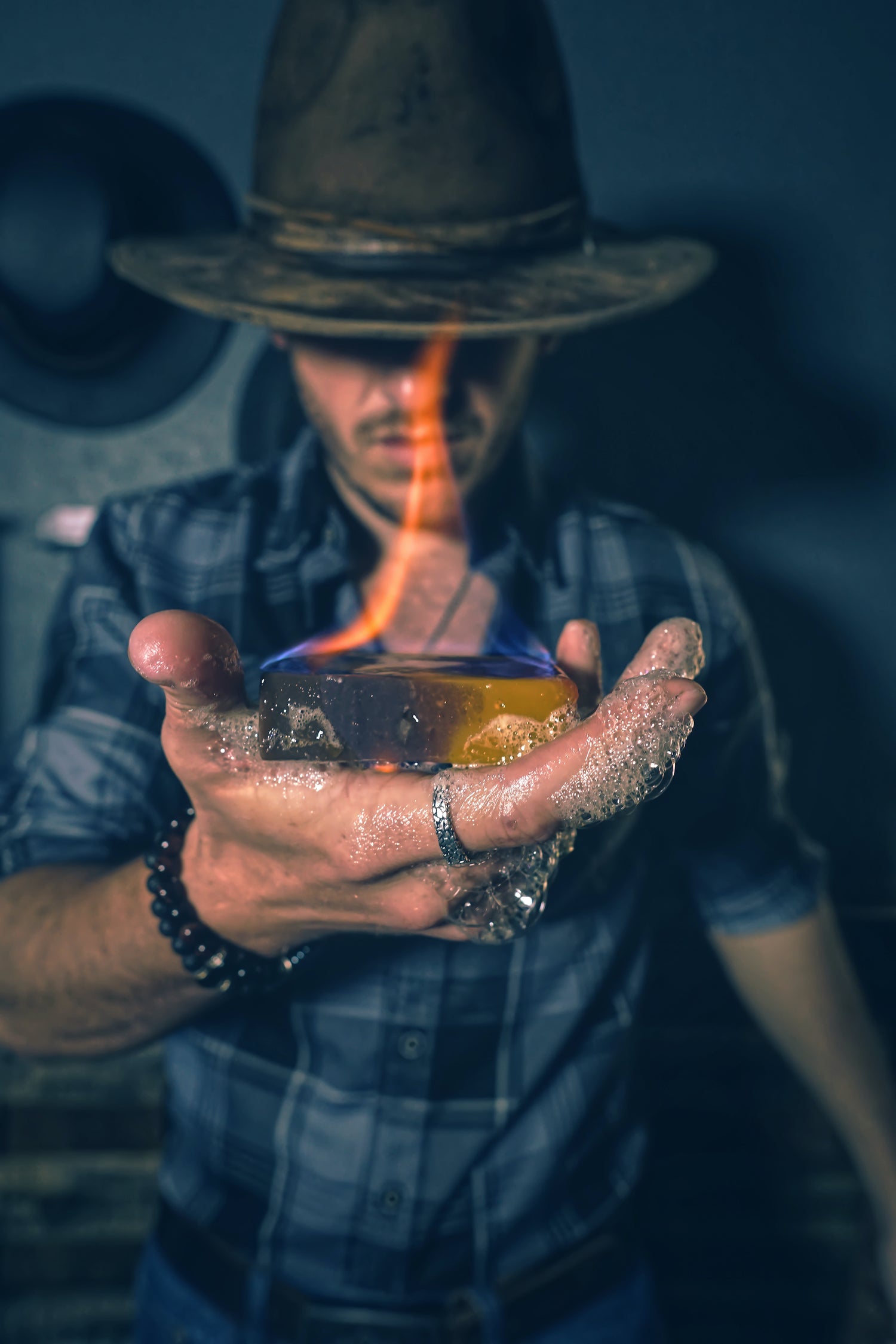

What makes leather smell so good?
Several factors influence the smell of leather, like the type of animal the leather comes from, tannins, a chemical compound found naturally in plants, the tanning process, dyeing, and our emotional connection to the scent.
The type of animal
According to Leather Handy, a blog dedicated to all things leather, the most common type of leather – cow leather – has an earthy, woodsy smell. Buffalo leather, which is often used to make boots because it is extremely durable, has a sweet earthy scent. Tannins can add a grassy or oaky scent to leather.
Tanning
Natural vegetable tanning adds a light and earthy scent to leather. The chemical tanning process can give the leather an unpleasant chemical smell. However, leather processed with tannin and aluminum salts has that much-loved classic leather scent that is earthy and slightly sweet.
Dyeing
During the crusting process, some leathers are dyed, which also can change the scent. For example, vegetable-based dyes add a sweet or fruity smell while synthetic dyes leave a chemical smell. Finishing oils and conditioning waxes that can affect the scent of leather.
Cowboy connection
Manufacturing processes aside, what makes leather smell good can also be deeply rooted in what we associate with leather.
From leather boots and chaps to gun holsters, you only need to watch a few seconds of a Western movie to instantly grasp the association between leather, cowboys, and the Wild West.
There’s something about cowboys that makes everyone wish they could be one. As children loved dressing up and pretending to be them, and let’s be honest, we’ve never grown out of it. Repeatedly, even if it’s only for Halloween, fashion reflects our love for the Wild West with iconic cowboy style boots, leather pants, and cowboy hats.
The evocative smell of leather
As strong as the association to the Wild West is, personal experience also plays a role in the emotions evoked by the scent of leather.
A whiff of leather could transport you back to carefree afternoons horseback riding, sitting on large leather chairs in your grandfather’s smokey old study, or the oh-too-expensive pair of leather shoes, boots, or a designer bag you bought with your first paycheck. The happier the memory, the more likely you are to love the smell of leather.
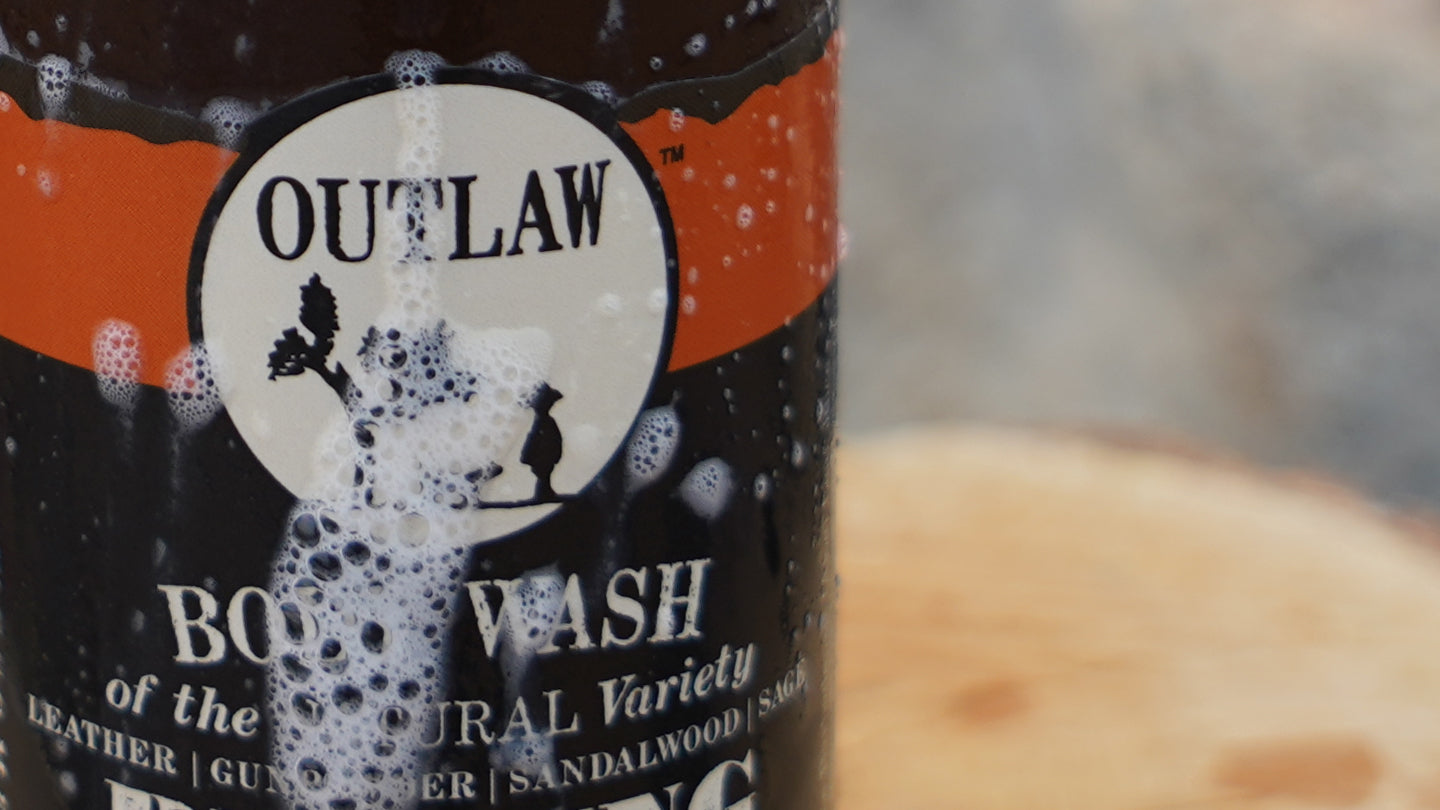

What scents pair well with leather?
Are you wondering how to use the scent of leather and what scents pair well with it?
We have tried many aromas with leather and came up with a winning combination in Blazing Saddles, the scent that embodies the Wild West.
Blazing Saddles blends the essence of leather with the scent of gunpowder, sandalwood, and sagebrush to create an unforgettably sexy combination that will make even a wallflower feel as confident as a cowboy.
Our Outlaws love it so much that some have even said they want to be embalmed in it. But don’t have to take our word for it - check out the Outlaws’ reviews.
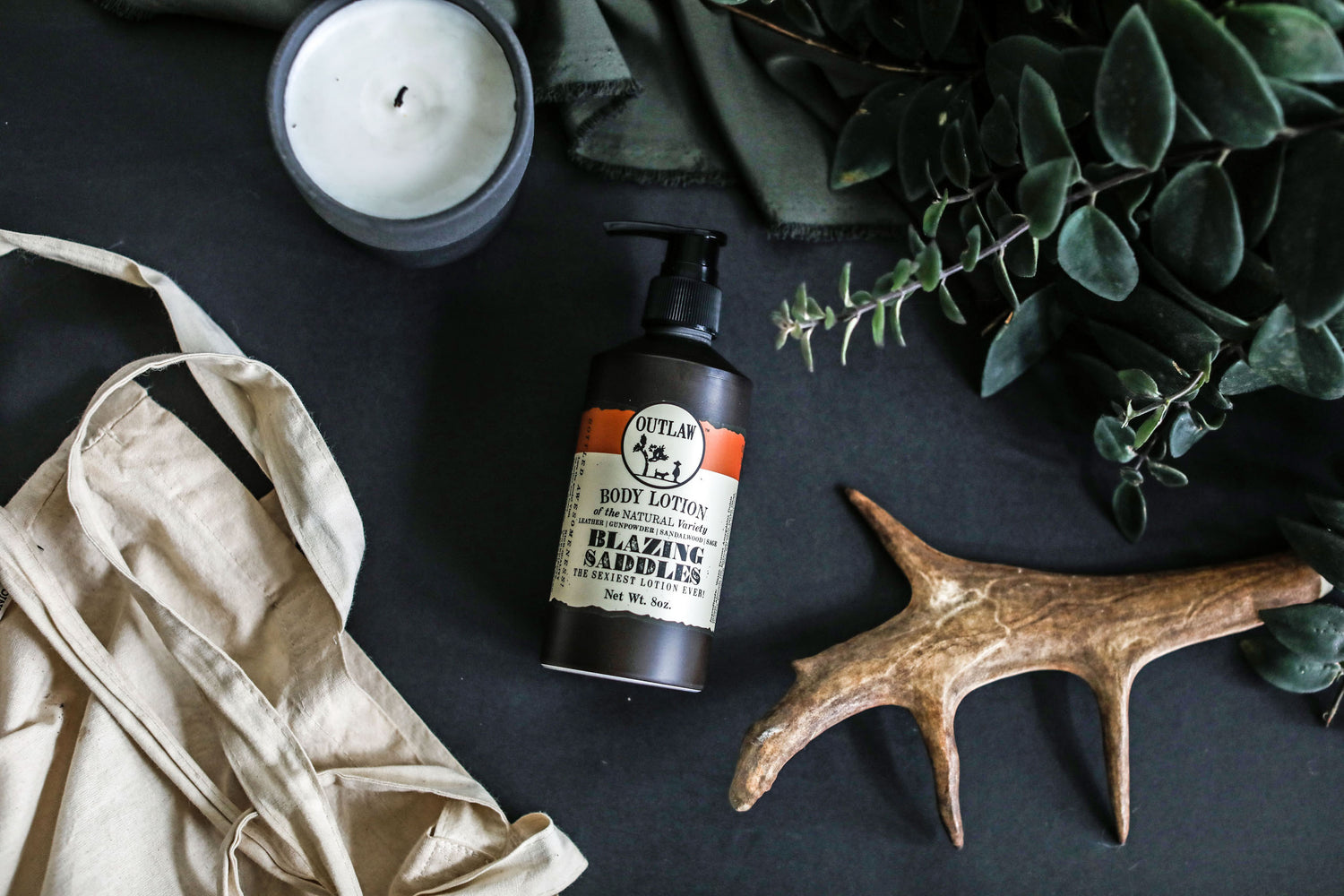

The best way to start and end your day
As for how to use it, you could start and end your day by showering with the Blazing Saddles natural body wash or handmade soap. Next, use our Blazing Saddles aluminum-free natural deodorant to smell like you just walked off the set of A Fistful of Dollars.
Add a swagger to your step
Take a minute to change your life by smoothing your skin, beard, and hair with our Blazing Saddles Lotion and Blazing Saddles beard and hair elixir (but be warned - ladies love using it too so make sure a Calamity Jane doesn’t get the chance to annex it).
If you need a little more scent, a spritz of Blazing Saddles Western Cologne will add a swagger to your step and is sure to drive the cowgirls wild.
How to add a leather smell to your home
You can also add the sexy scent of leather to your home with our natural Blazing Saddles Candle and freshen up your car, gym locker, and a outhouse with our Blazing Saddles Air Fresheners.
Gifting simplified
When you find something good, of course, you’ll want to share it. We make that easier and help you to stop sweatin’ the perfect gift for your outlaws and in-laws with our Outlaw subscription options.
We also offer our Hell Bent for Lather: Blazing Saddles Gift Set, which includes 2 bars of Blazing Saddles Handmade Soap or 1 bottle of Blazing Saddles Natural Body Wash, 1 bottle of Blazing Saddles Lotion, 1 tin of Blazing Saddles Western Solid Cologne, and 1 Blazing Saddles Air Freshener.
No matter if you grew up on a horse ranch or in an urban jungle, Blazing Saddles will make you feel like you could put on your hat and ride off into the sunset.
